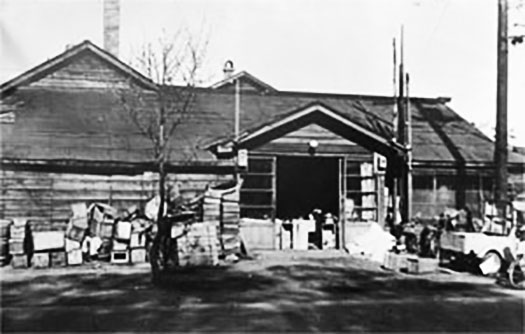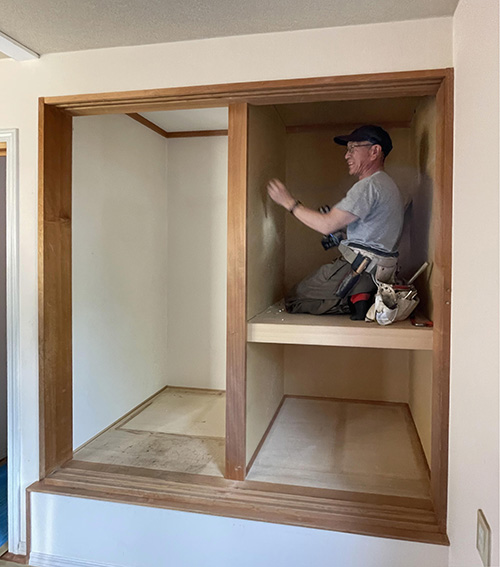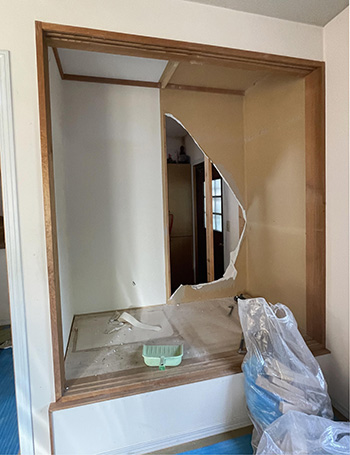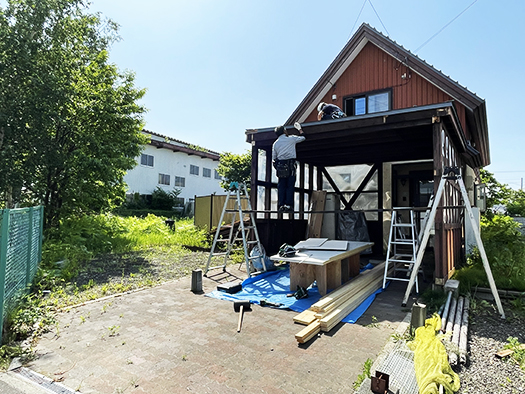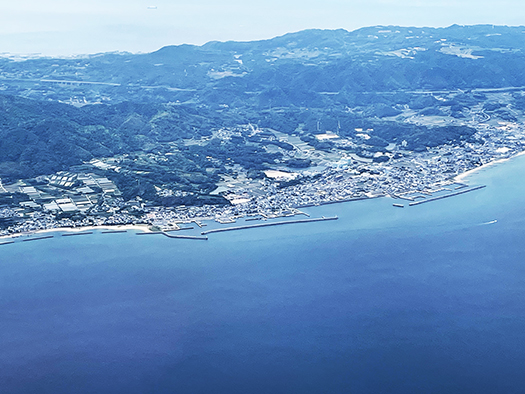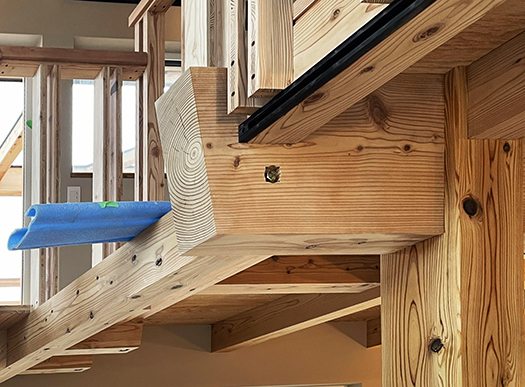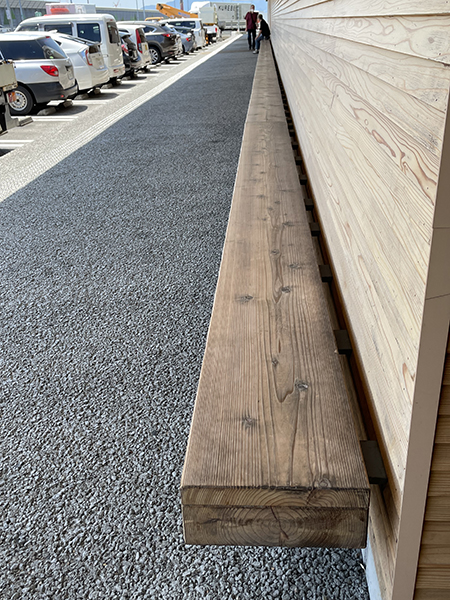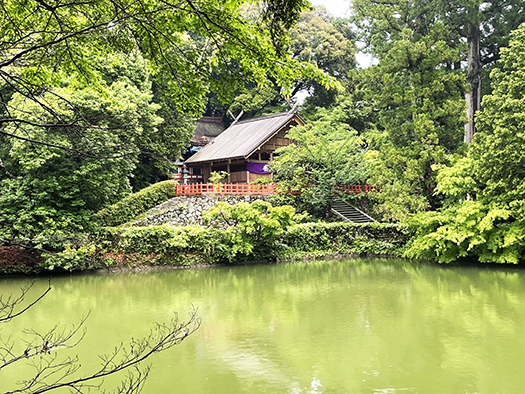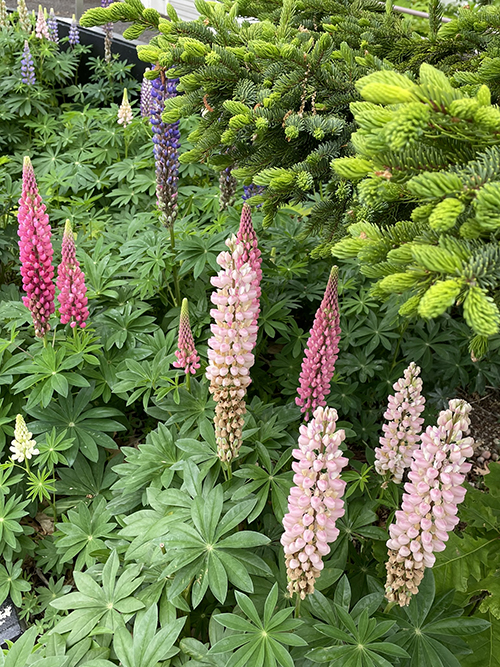
きのうはセカンドハウスのリフォーム工事も第1期が終了して「現場管理」する必要から解放。久しぶりにのんびりとニセコまで「産地・春野菜」買い出しに。この旬の春野菜は見ているほどに健康生活の基礎だと再認識させられる。アスパラはまだまだ活発に出荷され、いろいろな春野菜がその新鮮さで心をリフレッシュしてくれる。
で、その後、久しぶりに積丹半島の先っぽの日帰り温泉に入りたくなって向かった。
札幌からニセコまでの行きは、朝里ICから高速を降りて「毛無峠」を縦断して、赤井川〜ニセコに向かうコースだったので、今度は積丹半島を西の方から先っぽを目指すことにした。
久しぶりのコースなので景色は新鮮に目に飛び込んでくる。神威岬では風圧の恐怖ににふるえながら歩きましたが、きのうは意外なほどのおだやかさで迎えてくれた。
で、途中の「神恵内・道の駅」で「お弁当」を購入。
過疎に悩む地域としては、こういった道の駅の運営もなかなか厳しいだろうと推測できますが、立ち並んでいた「ノボリ」旗のなかに「地域女子会」という文字を発見。なんだろうと思っていたら、どうも地域の主婦のみなさんがみんなで運営を底固めしている様子がわかった。
食堂などの運営も経費負担がたいへんということで、道の駅の「集客」要素が乏しいことが容易に想像できますが、そこでこの「女子会」が立ち上がった。
みなさんの「手づくり」で地域特製弁当を作って売り出していた。ちょうど昼食前の時間だったので、幸いにまだ売っていた。写真の「幕の内」風と、ホタテご飯を購入させていただいた。
で、食事前に確認したら、お弁当にこの写真印刷が添付されていた。
1 ご飯は共和町の生産米。 2 喜茂別町・南蛮味噌 3 蘭越町・フキ 4 共和町メロンのぬか漬け 5 神恵内ブリ照り焼き 6 岩内町豆腐&焼きそば 7 赤井川村アスパラ 8 余市町「サンタのところ卵」 9 余市町ミニトマト 10 余市豚肉 11 共和町レタス 12 余市町ささげ 13 ニセコ町にんじん
という地域産材オールスターキャスト大集合。すばらしい!
そしてこういう「地域おこし」のためのお弁当が、地域の女性たちが主体性を多いに発揮して「手づくり」で盛り上げてくれている。その心意気にさらに大感激ひとしお。男性はイチコロ(笑)。
いいですね、好きです!積丹半島周辺地域。
English version⬇
Local Women’s Association Handmade “Bento” Lunch Boxes Almost Around the Shakotan Peninsula
Roadside stations in depopulation-stricken areas are lacking in special products. The local “women’s group” that has sprung up in the area has created an all-star cast lunch box made of local products. We were very impressed and took a bite. The “girls’ group” that started up the project was so impressed that they took a bite.
Yesterday, the first phase of the second house remodeling project was completed, freeing me from the need to “manage the site. I went to Niseko for the first time in a while to do some leisurely shopping for spring vegetables. The more I look at these seasonal spring vegetables, the more I am reminded that they are the foundation of a healthy lifestyle. Asparagus are still actively being shipped, and various spring vegetables refresh my mind with their freshness.
So, afterwards, I headed for a day trip to a hot spring at the tip of the Shakotan Peninsula for the first time in a while.
The route from Sapporo to Niseko was to get off the highway at Asazato IC, traverse the “Kenashi Pass” and head for Akaigawa to Niseko, so this time I decided to go to the tip of Shakotan Peninsula from the west side.
It had been a long time since I had taken this course, so the scenery was fresh in my mind’s eye. At Cape Kamui, we walked while shivering with fear of wind pressure, but yesterday we were greeted with surprisingly calmness.
So, we bought a “bento” at the “Kamieuchi Michi-no-Eki” (roadside station) on the way.
As a region suffering from depopulation, it must be difficult to operate such a roadside station, but I found the words “Regional Women’s Association” among the “nobori” flags standing in a row. When I wondered what it was, I found out that all the housewives in the area were working together to make the station run smoothly.
It is easy to imagine that the roadside station does not attract many customers, as the cost of operating the cafeteria and other facilities is very high, but that is where this “women’s group” came in.
The “women’s group” started up to sell their “handmade” lunch boxes specially made for the area. Fortunately, they were still for sale, as it was just before lunch. I purchased the “makunouchi” style bento pictured in the photo and the scallop rice.
I checked before eating and found this photo print attached to the bento.
1 The rice is rice produced in Kyowa Town. 2 Kimobetsu Town, Namban Miso 3 Rangetsu Town, Japanese butterbur 4 Kyowa Town melon pickles 5 Kamueiuchi yellowtail teriyaki 6 Iwanai Town tofu & yakisoba 7 Akaigawa Village asparagus 8 Yoichi Town “Santa’s place egg” 9 Yoichi Town mini tomato 10 Yoichi pork 11 Kyowa Town lettuce 12 Yoichi Town white beans 13 Niseko Town carrots
The all-star cast of local products was a great gathering. It is wonderful!
And these bento lunches for “local revitalization” were made by the women of the community, who showed a lot of initiative in “handmade” and made it all the more exciting. I was even more impressed by their spirit. The men were smitten (laughs).
It’s nice, I like it! Shakotan Peninsula and surrounding areas.
Posted on 6月 16th, 2024 by 三木 奎吾
Filed under: 未分類 | No Comments »


